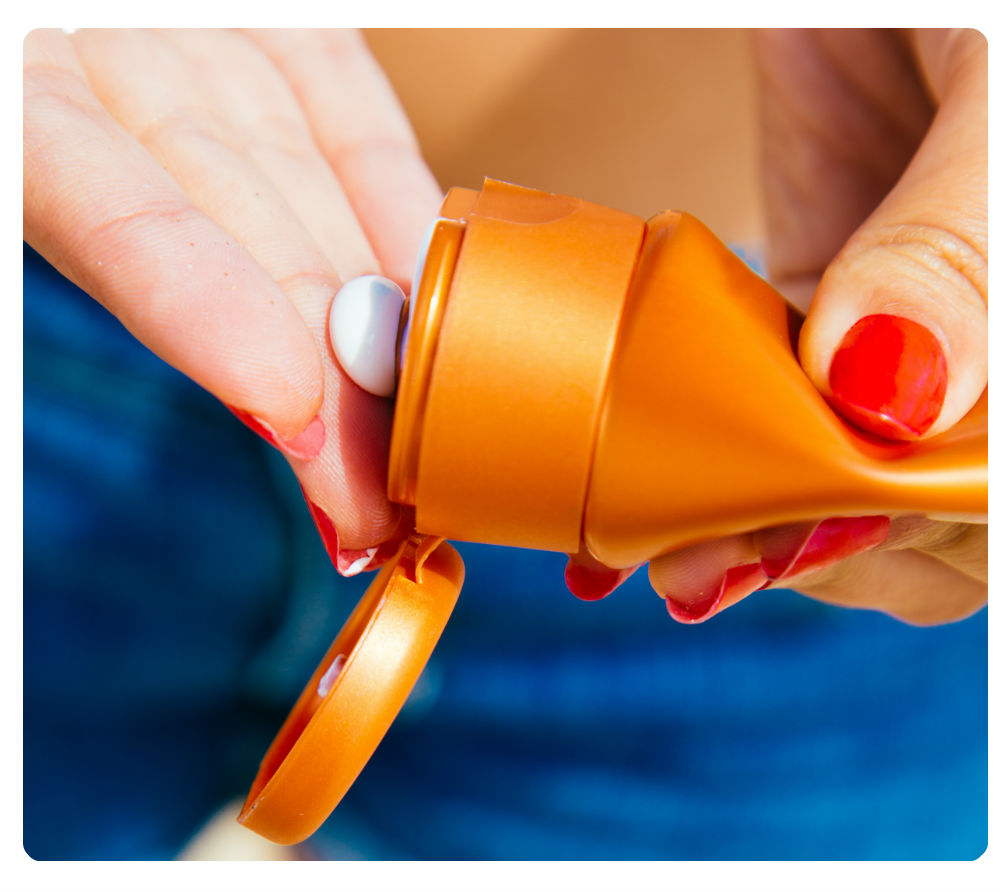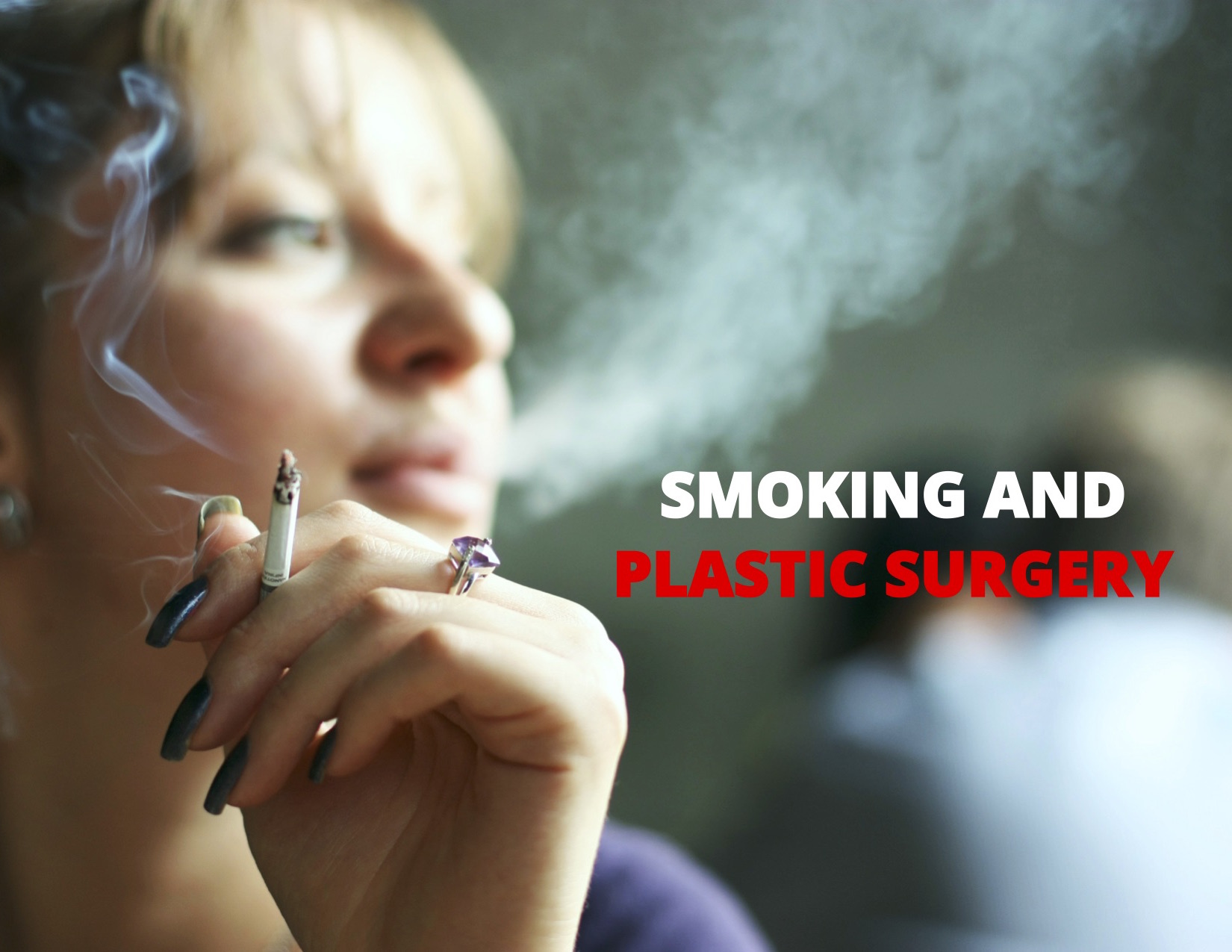 Dr. Menachof, MD, FACS has performed thousands of facial plastic surgery procedures in over 20 years of experience. He has been recognized as a Fellow by multiple academies, named one of America’s Top Facial Plastic Surgeons continually since 2003 and is featured in multiple national publications.
Dr. Menachof, MD, FACS has performed thousands of facial plastic surgery procedures in over 20 years of experience. He has been recognized as a Fellow by multiple academies, named one of America’s Top Facial Plastic Surgeons continually since 2003 and is featured in multiple national publications.
Wear sunscreen! Don’t burn! Protect your skin!
We’ve heard it all before. But did you know that wearing any old sunscreen doesn’t necessarily protect you from all of the skin-damaging ultraviolet rays?
The sun emits three different types of UV radiation: UVA, UVB and UVC. UVA and UVB rays are the two that penetrate the ozone layer and reach the Earth from the sun. These are the culprits in premature skin aging, wrinkles, sunburn, eye damage and skin cancer (like squamous cell carcinoma and basal cell carcinoma).
We once thought that UVB was the only dangerous UV radiation, but we’ve learned more and more about the damage caused by UVA rays. Because of this, new forms of sun protection against UVA have emerged. At Facial Surgery and Aesthetics Center in Denver, Colorado, we want you to know what ultraviolet rays do to your skin. We also want to help you understand your sun protection options so that you can take action in preventing skin damage and skin cancer.

UVA Rays
While we most often hear about UVB rays, UVA rays might be the most dangerous because they are actually the most common. UVA rays make up as much as 95% of the UV radiation that penetrates the ozone layer and reaches the Earth’s surface. UVA rays are prevalent year round, at all times of day (sun or cloud) and can even penetrate untreated glass, like your car windows. Tanning booths (which we recommend avoiding altogether) also use UVA radiation. UVA rays penetrate the second layer of skin, making them the biggest contributor to skin aging, like wrinkles, sun spots and lines. UVA also contributes to, and may even initiate, the development of skin cancers like squamous cell carcinoma and basal cell carcinoma.
UVB rays
UVB rays also pass through the ozone layer to reach the Earth’s surface. UVB affects the skin’s top layer, making it the primary cause of sunburns. Its intensity fluctuates based on season, location and time of day. It is most powerful from April to October during the hours of 10am to 4pm. However, UVB rays can damage your skin year-round, in as little as 15 minutes, especially on reflective surfaces like snow or ice! UVB also plays a major role in premature aging, skin cancer and eye damage.
UVC rays
UVC rays aren’t actually a threat to the majority of us. They don’t penetrate the atmosphere so they hardly ever reach the Earth’s surface. You can, however, find UVC in man-made sources like mercury lamps and welding torches.
What Does This Mean?
The bad news is that you’re always at risk of UVA and UVB exposure – no matter the season or the time of day. But the good news is that it’s really easy to protect yourself against UV radiation.
How Do You Protect Yourself?
You know the answer…sunscreen! The tricky part is that not all sunblocks protect against both UVB and UVA rays. You need a broad spectrum sunblock, which means it will protect you from both UVB and UVA rays. New US Food & Drug Administration (FDA) regulations make sunscreens disclose this information, so you can find it on the label.
A sunscreen’s SPF alone is a specific measure of protection against only UVB rays, not UVA rays. A broad spectrum sunscreen measures UVA protection in proportion to UVB protection, so the higher the sunscreen’s SPF rating on a broad spectrum sunblock, the better protection it will be against UVA rays. However, it doesn’t mean it has the same level of protection against both.
SPF is not an amount of protection–it actually just indicates how long it will take UVB rays to redden skin when using sunblock compared to how long it would take without sunblock. For example, for an SPF of 15 it will take 15 times longer to redden than without the sunscreen. The Skin Cancer Foundation confirms that SPFs of 15 or higher are adequate to protect you against sun exposure. The higher the SPF, the longer you are protected.
The FDA has approved 17 active ingredients for use in chemical sunscreens, including both chemical and physical ingredients. The most important ingredients to look for are a combination of stabilized a avobenzone, ecamsule (a.k.a. MexorylTM), oxybenzone, titanium dioxide, and zinc oxide. These are the ingredients approved by the FDA and a list of UV radiation they protect you from:
FDA-Approved Sunscreens |
|
| Active Ingredient/UV Filter Name | Range Covered |
| UVA1: 340-400 nm | |
| UVA2: 320-340 nm | |
| UVB: 290-320 nm | |
| Chemical Absorbers: | |
| Aminobenzoic acid (PABA) | UVB |
| Avobenzone | UVA1 |
| Cinoxate | UVB |
| Dioxybenzone | UVB, UVA2 |
| Ecamsule (Mexoryl SX) | UVA2 |
| Ensulizole (Phenylbenzimiazole Sulfonic Acid) | UVB |
| Homosalate | UVB |
| Meradimate (Menthyl Anthranilate) | UVA2 |
| Octocrylene | UVB |
| Octinoxate (Octyl Methoxycinnamate) | UVB |
| Octisalate ( Octyl Salicylate) | UVB |
| Oxybenzone | UVB, UVA2 |
| Padimate O | UVB |
| Sulisobenzone | UVB, UVA2 |
| Trolamine Salicylate | UVB |
| Physical Filters: | |
| Titanium Dioxide | UVB, UVA2 |
| Zinc Oxide | UVB,UVA2, UVA1 |
To sum it all up – look for these things on your sunblock label to ensure that you’re protecting your skin:
- Broad Spectrum
- SPF 15 or higher
- Some combination of stabilized a avobenzone, ecamsule (a.k.a. MexorylTM), oxybenzone, titanium dioxide, and zinc oxide.
Other Ways to Protect Yourself
Dress to protect yourself against UV exposure. Special UPF clothing can protect you from some UV radiation, especially if you’re going to be outdoors for long periods of time. Wearing a hat and sunglasses can protect your fragile facial skin from premature aging and sunspots. You can also try to stay in the shade when possible and apply a UV-protective film to glass, especially if you’re in your car for long periods of time.
Play It Safe in the Sun!
Sun damage builds up over time, and damaging your skin can lead to skin cancers. Ultraviolet rays are always a threat, but it’s easy to protect yourself. Put on some broad-spectrum sunscreen, wear sunglasses, slap on a hat and safely enjoy being outdoors. Do what you can to protect your skin!




